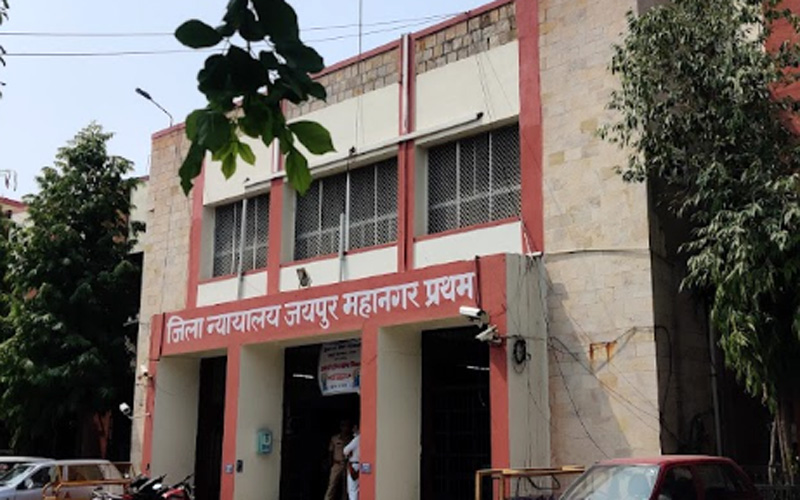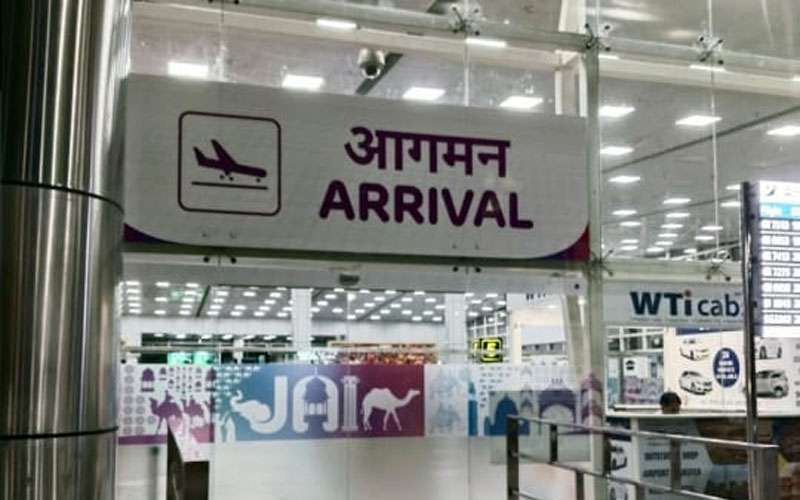Stop Privatisation of public health care facilities: Jan Swasthya Abhiyan
A “Memorandum Campaign” organised across the state on World Health Day.
Last Updated:
Jaipur: Jan Swasthya Abhiyan (JSA) Rajasthan on World Health Day called on the government to stop privatisation of public health care facilities and focus on strengthening primary health care in the state.
The non-government organisation (NGO) marked the day by organising a “Memorandum Campaign” across the state resisting rampant privatisation of public health care facilities. Memorandums addressed to the Chief Minister were submitted to District Collectors of 20 districts highlighting crucial demands such as increase in health budget, strengthening primary health care services and revamping free medicines and free diagnostics schemes, apart from the major demand to stop privatisation of public health facilities in the name of PPP.
Abhiyan also organised a “Public Meeting” in Ajmer wherein about 200 people gathered to raise concerns on deteriorating state of public health care services in the state, NGO representatives said.
Rajasthan government has lately been on a spree to hand over primary health care centres to private agencies to be run on PPP mode under “Run a PHC Scheme”.
The officials said that government had invited tenders for 213 PHCs out of which about 40 PHCs are already reported to have been handed over. JSA has been opposing the scheme vehemently. The government has also initiated Bhamashah Swasthya Bima Yojana, an ambitious flagship scheme of the current government which again relies heavily on private providers to deliver health care services on state’s behalf.
NGO officials said that Rajasthan still stands far behind several other states in terms of many crucial health indicators. While the state has shown some improvement in IMR, institutional births and immunisation over a decade, yet the state has not been able to improve as much as it should have in many critical areas such as controlling anaemia, malnutrition, access to antenatal care and other outreach services.
As per NFHS-4 data (2015-16), only 38.5% of pregnant women reported receiving four antenatal care (ANC) check up visits (was 23.4% in NFHS-3) and only 9.7% mothers reported receiving full antenatal care (was 6.3% in NFHS-3). 46.8% women (15-49 years of age) were still reported anaemic (was 53.1% in NFHS-3). Among children 60.3% (6-59 months of age) were found anaemic (was 69.6% in NFHS-3). The practice of breast feeding the new born within an hour of birth was only reported in only 28.4% births and full immunisation still accounts to just 54.8% children as per the NFHS-4 figures. There has been minimal reduction in stunting, wasting and underweight children related indicators.
The above figures highlight that the state has miserably failed in reaching out to the population in remote rural areas and in delivering even the basic health care services. The figures can only be improved further if the outreach services and community based health interventions are seriously prioritised. Interventions such as community based monitoring of health services and decentralised health planning need urgent focus of the government. The state hence must put in more budget to strengthen these much required interventions which would lead to quick results, rather than diverting funds into health insurance and privatisation of public health facilities, which would contribute little in terms of improving health indicators or reducing out of pocket expenditure, the NGO officials alleged.
They further said that schemes such as Mukhya Mantri Nishulk Dawa Yojana (MNDY), Mukhya Mantri Nishulk Jaanch Yojana (MNJY) might have helped the state in attracting more patients to seek health care services from public health facilities, but the sheer failure of the government in strengthening public health infrastructure (including human resource availability) to cater to the increasing load of patients and improving quality of health care services have remained issues of major concern.
“While the patient load has increased manifolds across all the tiers of health care service delivery system, the pressure has been felt the most at the tertiary health care level. This is essentially because the primary and secondary health care facilities still remain considerably underutilised as they are ill equipped in terms of human resources and other infrastructure,” they added.




